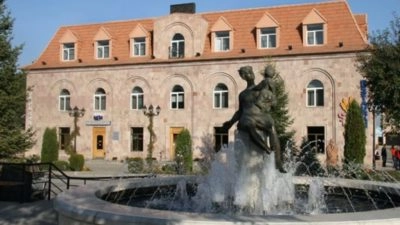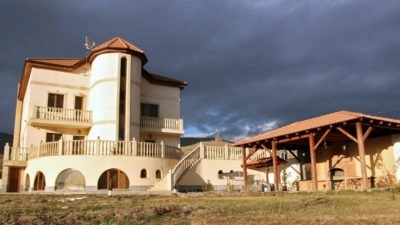Author’s tour to Armenia along the Great Silk Road
The Great Silk Road did not bypass medieval Armenia. Author’s tour by Ruben Hovsepyan, one of our leading Armenian guides with a degree in history, takes you through the architectural monuments and infrastructure along this ancient trade route. This is indeed a very unique and interesting aspect for studying the history of the country.
Of course, each of us has associations associated with this mysterious, still unknown trade route that has played a huge role for humanity. These are mountains, camels, endless deserts, fertile valleys, large and small cities, caravanserais. Someone will remember the Venetian Marco Polo, who described this caravan road and the peoples who met in great detail, sometimes like in a fairy tale. The Silk Road is a symbol of human curiosity.
On the great trade route connecting Europe with Asia, Armenia also played a special role, which was primarily due to the convenient geographical location of the country, where roads leading from Iran, Central Asia and more distant regions intersected.
The trade artery passing through Armenia had a powerful influence on many layers of its cultural life. Armenia was primarily a transit country for merchants from the West and East and grew rich from this. The country itself exported a large number of goods, which was written about in detail by foreign travelers and historians, including Marco Polo, who passed through Armenia.
The program of this five-day tour is designed in such a way that you can travel through one of the main trade systems of ancient Armenia, connecting the north and south of the country, its ancient capital Dvin, the mountainous and lowland regions of the country, and the Lake Sevan basin. The highest passes, mountains, steppes and fertile plains, deep gorges, both famous and little-known monuments of our country, archaeological reserves, wine regions, caravanserais and fortresses, ancient settlements, craft traditions await you.
- Departure from Yerevan
- Arrival in Yeghegis
- Travel time: 8 hours / 200 km
- Meals: lunch, dinner
- Departure from Yeghegis
- Arrival in Sevan
- Travel time: 5 hours / 120 km
- Meals: breakfast, lunch, dinner
- Departure from Sevan
- Arrival in Gyumri
- Travel time: 9 hours / 200 km
- Meals: breakfast, lunch, dinner
- Departure from Gyumri
- Return to Gyumri
- Travel time: 5 hours / 120 km
- Meals: breakfast, lunch, dinner
- Departure from Gyumri
- Arrival in Yerevan
- Travel time: 6 hours / 150 km
- Meals: breakfast, lunch











































